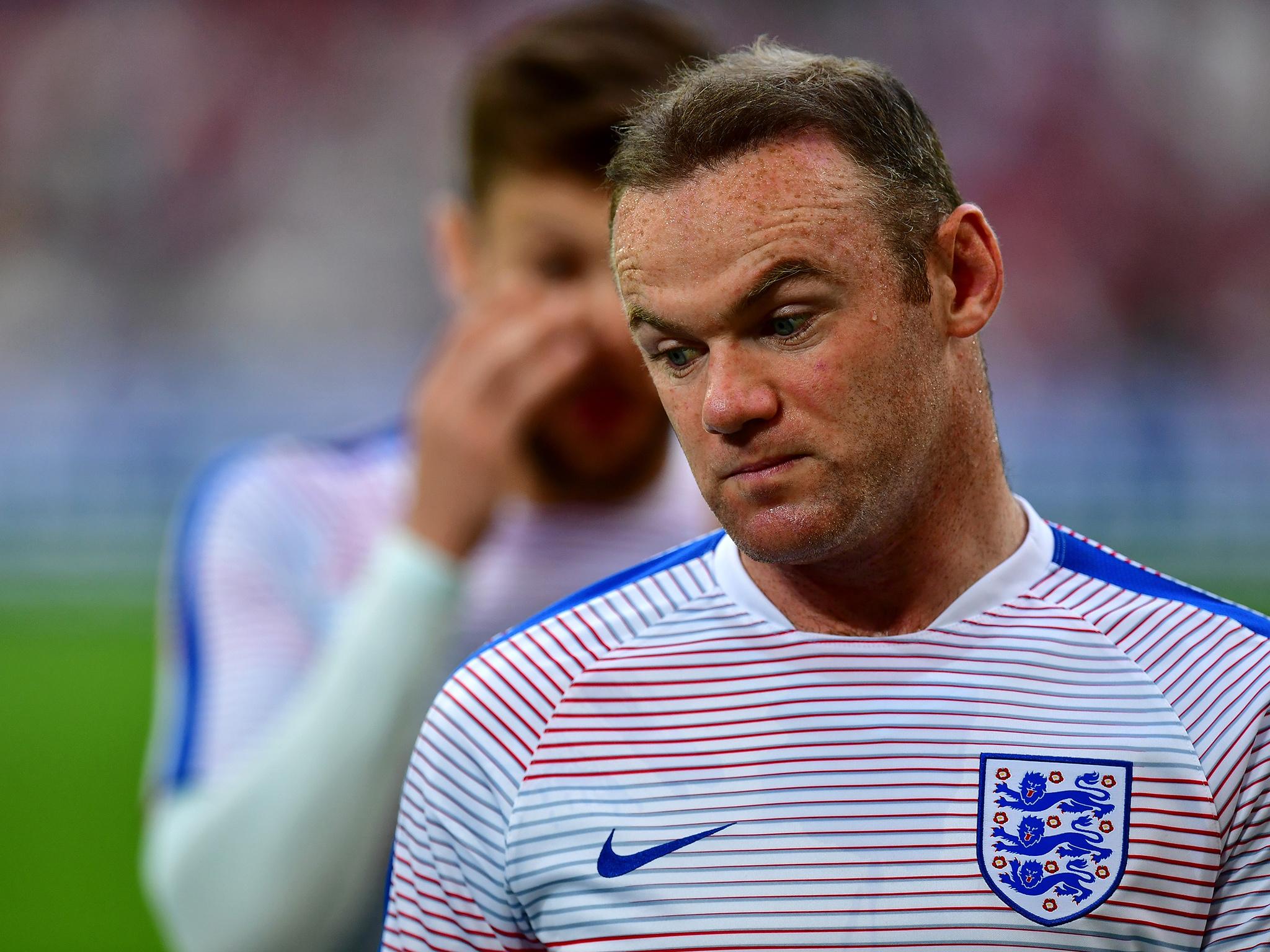England vs Wales: Diamond formation is Roy Hodgson's best bet of slaying Welsh dragon, says Danny Higginbotham
Two strikers and a lot of wide play will be needed to bypass Wales' three-man defence

England did not play badly against Russia on Saturday but they left Marseille with a bad result, and with clear signs of the difference between themselves and the top teams so far. Look how Germany and Italy resisted pressure when 1-0 up before going on to win their opening games against Belgium and Ukraine. Compare that with how England missed chance and after chance and gifted the momentum to a poor Russia side before conceding in stoppage time.
The big problem with England in Marseille was not the system, although it was not the one that I would have used. It was Roy Hodgson’s failure to get enough of his natural finishers on the pitch. We all know that England struggle to score goals at major tournaments: in their last 11 tournament games, dating back to the start of the 2010 World Cup, they have only scored more than one goal once, the 3-2 win against Sweden in Euro 2012.
But the team Hodgson sent out on Russia only included two natural finishers: Wayne Rooney, who was in midfield, and Harry Kane, who was taking corners. When England created chances too many of them fell to Adam Lallana and Raheem Sterling and were wasted. I would have started Rooney, Kane and Jamie Vardy, who scored 24 Premier League goals last season, goals which should earn him a starting place for England.
Late in the second half when Russia started to push up Hodgson should have put Vardy, Daniel Sturridge or Marcus Rashford on to run into the space behind, making Russia think about dropping deep again. Instead he took Rooney off for Jack Wilshere, a move that only invited Russia further up the pitch, because England lost Rooney’s range of passing. England needed to score more than they did, making Russia’s late strike a consolation, not an equaliser.
What this means is that England go to Lens on Thursday under immense pressure, knowing that they need a win and have to take the game to Wales. That will delight Chris Coleman, whose team was excellent in beating Slovakia on Saturday.
Wales played a 3-4-3 in Bordeaux, with Aaron Ramsey and Jonny Williams very narrow either side of Gareth Bale, dragging the Slovakian full-backs inside. That created space for wing-backs Chris Gunter and Neil Taylor to get into, and I thought those two were both brilliant. The back three works because the outside centre-backs, Ben Davies and James Chester, are both comfortable in the full-back areas. What most impresses me about Wales is their collective strength as a team, their sense of identity. You can tell that they have been playing three at the back since the start of their qualifying campaign.
That is a clear contrast with England who clearly still do not know their best system. I hope Hodgson still considers a change from his own narrow 4-3-3 on Thursday, which I do not think will cause Wales enough problems. We saw when Italy beat Belgium 2-0 on Monday night how easily a back three can cope with a lone striker, with Romelu Lukakau barely getting in the game at all, and Italy capable of taking care of midfield runners.
This is why I think England should play two up front on Thursday, to occupy the Welsh back three and force them back where possible. Of course, two up front would also help England to get another natural finisher on the pitch, either Vardy or Sturridge, which is something they need to do.
The best way to disrupt Wales’ 3-4-3, like any back three system, is to get down the sides. The Welsh wing-backs Gunter and Taylor would ideally like to go man for man with the English full-backs Danny Rose and Kyle Walker. So what England need to do is get midfielders into wide areas as well, to double on the Welsh wing-backs and get into good crossing positions. That in turn would help to drag Ramsey and Williams back to help out, leaving Bale isolated up front.
Before the tournament I wrote in this column that England’s best system was the 4-4-2 diamond, as long as they used it properly. I still think that, but what they would need to do on Thursday is to play a diamond that would allow the midfielders on the diamond’s sides to get wide enough to double up with the full-backs.
England are not exactly blessed with options in wide areas but Dele Alli certainly has the athleticism to do that job from the left, getting wide when required. On the other side none of the options – Lallana, Sterling, James Milner or Jack Wilshere – is perfect.
Wayne Rooney, who would play at the tip of my diamond, would be the key player, switching play as quickly as possible into wide areas where England had a potential 2 v 1 situation. With two strikers and Rooney in the box, as well as the midfielder from the opposite side, they would be more dangerous than they were from crossing opportunities on Saturday.

The problem, of course, is Gareth Bale. Wales will be happy to sit back and play on the break, and they have earned the right to do that. Sometimes Bale will pull wide and run in behind. Sometimes he will come for the ball, looking to turn and run with the ball. England will do most of the attacking on Thursday, but they must remember that they are never more vulnerable than when they are going forward.
So while England should look to exploit the wide areas in attack, they must be conscious of the threat on the break. Whatever system they play, they must make sure that only one full-back goes forward at any one time. The full-back who does not attack cannot advance any further beyond Bale. But he must be ready to break forward if play switches from one wing to the other, in which case the other full-back would tuck in.
The key is to make sure that England are marking Bale both in front and behind. They need a screen in front of him, to ensure that he cannot get the ball, turn and run. That screen would be Eric Dier and the remaining full-back. The centre-backs would direct the screen to make sure Bale could not get the ball in dangerous areas, while also making sure that if Wales go long, they have enough of a head start so that Bale cannot beat them in behind.
It is a difficult balance England need to strike between attacking threat – not just creating chances but taking them – and not leaving themselves open on the break. They have to get more goal-scorers on the pitch, and play in a way which causes more problems for Wales’ 3-4-3 than England’s 4-3-3 will do. It will not be easy but they have left themselves little room for error by making mistakes on Saturday.
Join our commenting forum
Join thought-provoking conversations, follow other Independent readers and see their replies
Comments